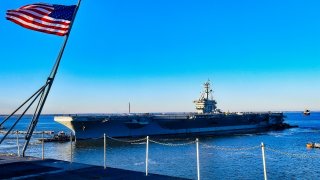The U.S. Navy Has a Real Nimitz-Class Aircraft Carrier Nightmare
Although some may argue for postponing the Nimitz-class retirement due to potential delays with the Ford-class, maintaining an excessive number of carriers is fiscally irresponsible and unnecessary for America's strategic goals, even amid rising tensions with China.
Summary and Key Points on the Navy's Aircraft Carriers: The U.S. Navy's Ford-class carriers, set to gradually replace the aging Nimitz-class, offer superior capabilities, raising questions about the necessity of maintaining an extensive carrier fleet.
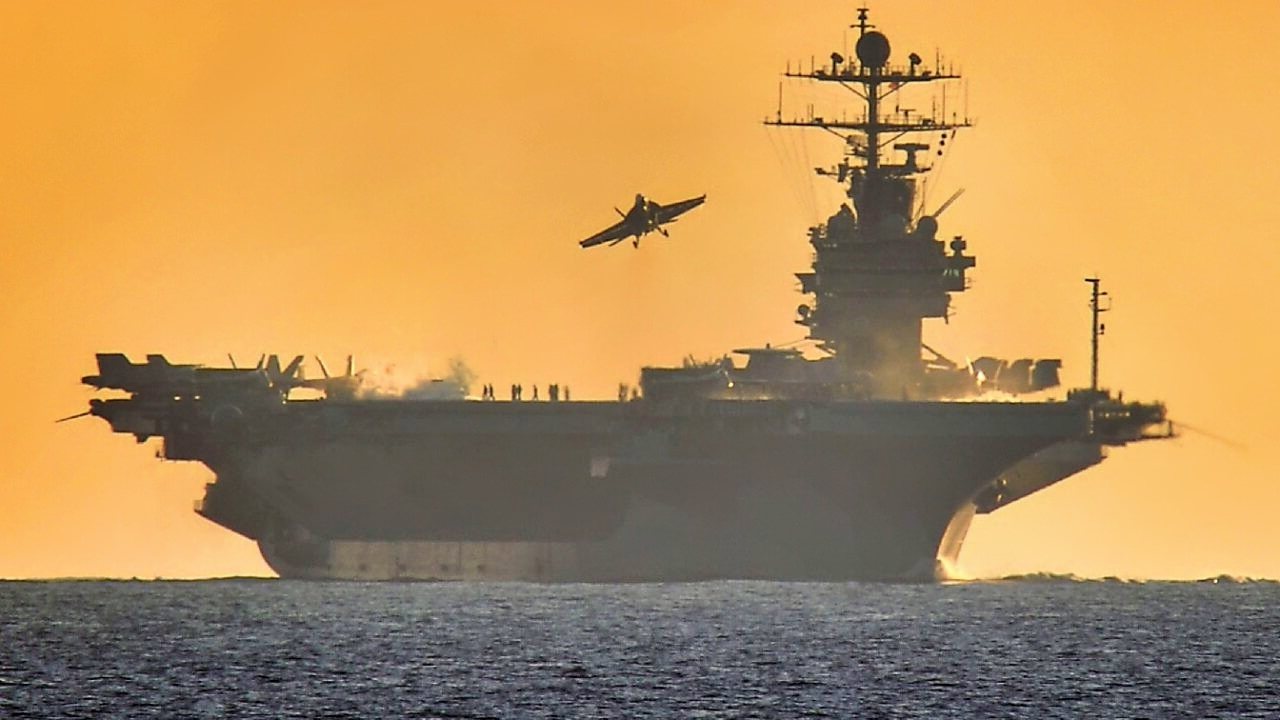
-With the U.S. already possessing the world's largest and most advanced carrier force, a fleet of seven to nine carriers could adequately meet defense needs, allowing for reduced costs and avoiding redundancy.
-Although some may argue for postponing the Nimitz-class retirement due to potential delays with the Ford-class, maintaining an excessive number of carriers is fiscally irresponsible and unnecessary for America's strategic goals, even amid rising tensions with China.
Is the U.S. Overspending on Aircraft Carriers? A Case for Fewer Ships
The new Ford-class carriers are more advanced and will gradually replace the Nimitz-class.
Maintaining an excessive number of carriers is unnecessary and fiscally irresponsible.
A fleet of seven to nine carriers would still ensure robust military capabilities, allowing the U.S. to meet defense commitments without redundancy or excessive costs.
Could a case be made to postpone the retirement of Nimitz-class aircraft carriers given the contemporary threat environment? Surely, with the emergence of China as a naval power, the case to preserve or expand America’s carrier fleet will be made. But the United States will not appreciably benefit from more aircraft carriers. And indeed, the United States likely has too many aircraft carriers today. So, to bring the U.S. carrier fleet to more appropriate (smaller) levels, the Nimitz-class should be retired as planned.
Why so many aircraft carriers?
At present, the U.S. Navy has eleven aircraft carriers. No other nation has more than two in service. China, the rising power that has inspired so much concern among American war planners, has two functional aircraft carriers, one of which is a second-hand Ukrainian boat from the Cold War. The vast majority of nations have zero aircraft carriers. So, with respect to carrier quantity, the United States is an outlier.
The U.S. fleet predominantly consists of the aging Nimitz-class carrier. But while the Nimitz is no longer the world’s cutting edge carrier (that distinction now belongs to the Ford-class), the Nimitz is still more advanced than any aircraft carrier in service with any other nation; the Nimitz would be the jewel of any other nation’s fleet. And the Ford-class, which is scheduled to replace the Nimitz gradually, is superior to the Nimitz in most respects. In the U.S. fleet, both Nimitz and Ford are renowned for their nuclear powerplants, size, and ability to launch and recover advanced aircraft at high rates. Indeed, with respect to carrier quality, the United States is again an outlier.
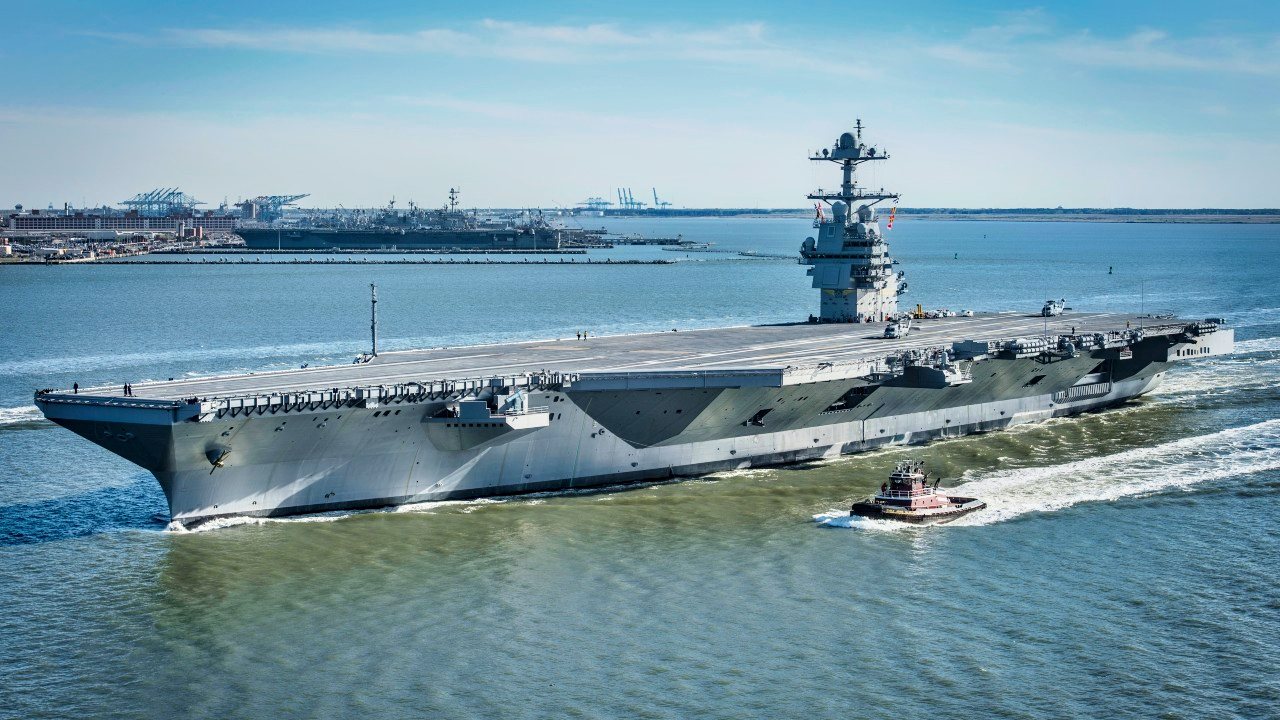
But why has the United States built the world’s highest quantity and highest quality aircraft carrier fleet?
“There has been no systematic public justification for the size of the U.S. carrier force since the Clinton administration’s “Bottom-Up Review” in 1993,” Barry Posen wrote in Restraint: A New Foundation for US Grand Strategy. The Clinton-era review relied heavily upon the U.S. experience in Desert Storm, where six carriers were deployed. The Pentagon concluded that four or five carriers would have been sufficient for Desert Storm and in future conflicts. Posen agreed, arguing that four carriers would have been sufficient to provide the “destructive potential” that Desert Storm called for.
Yet the Pentagon felt the United States should be prepared for more than just one conflict at a time; the Pentagon wanted a carrier force that could support two conflicts simultaneously—which is how the eleven carrier and ten air wing number was arrived upon.
“The Clinton Pentagon settled on a force of eleven carriers and ten air wings, having concluded that this total would not only support the ability to wage two nearly simultaneous major theater wars, but would allow more than two carriers to be forward deployed on a regular basis,” Posen wrote.
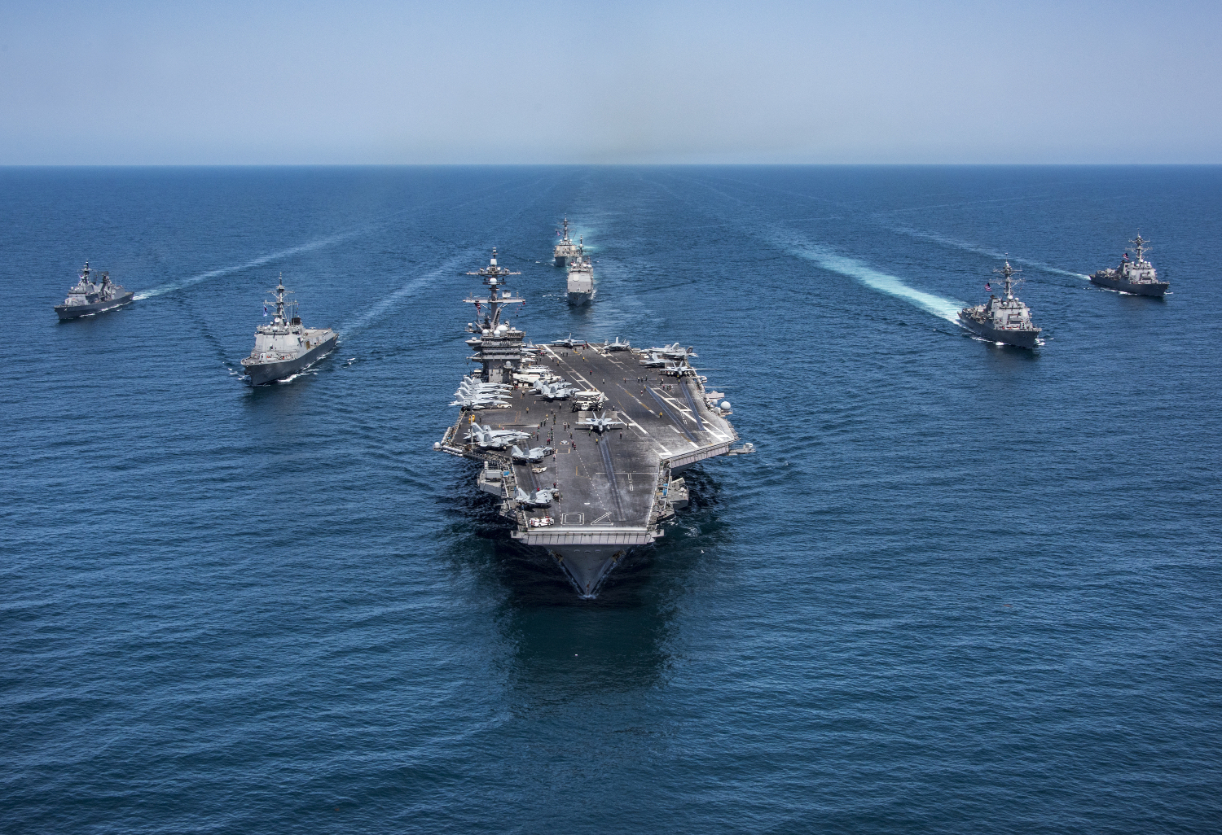
Does the United States need so many carriers?
Posen, a leading figure in the restraint movement, which calls for a less involved U.S. foreign policy, concedes that the United States likely needs more than the four carriers required for one conflict. “For several reasons, the United States could need more than four carriers,” Posen wrote, adding that the United States should “maintain a cushion against the worst.”
Sure, the United States should be prepared to fight two conflicts simultaneously—with an extra carrier or two forward deployed. Still, even under such requirements, the United States could afford to trim its carrier fleet down from eleven.
“A force of seven to nine carriers seems reasonable,” Posen wrote. “I favor the higher figure.” Even at nine, Posen’s higher figure, the U.S. Navy would be able to cut two of its current aircraft carriers.
The case for the Nimitz
The most compelling argument for postponing the retirement of the Nimitz would be that the Ford is not going to be ready. The Ford-class has had a variety of problems, from testing and certification, to construction delays, meaning the classes arrival as a war-ready member of the fleet may be later than expected. Under such circumstances, if the United States were concerned with reducing its carrier fleet, it could postpone the retirement of Nimitz-class carriers.
But to postpone the Nimitz-class retirement past the point that Ford-class replacements have joined the fleet, to allow the carrier fleet to swell to twelve, thirteen, or fourteen vessels, would be redundant and fiscally irresponsible.
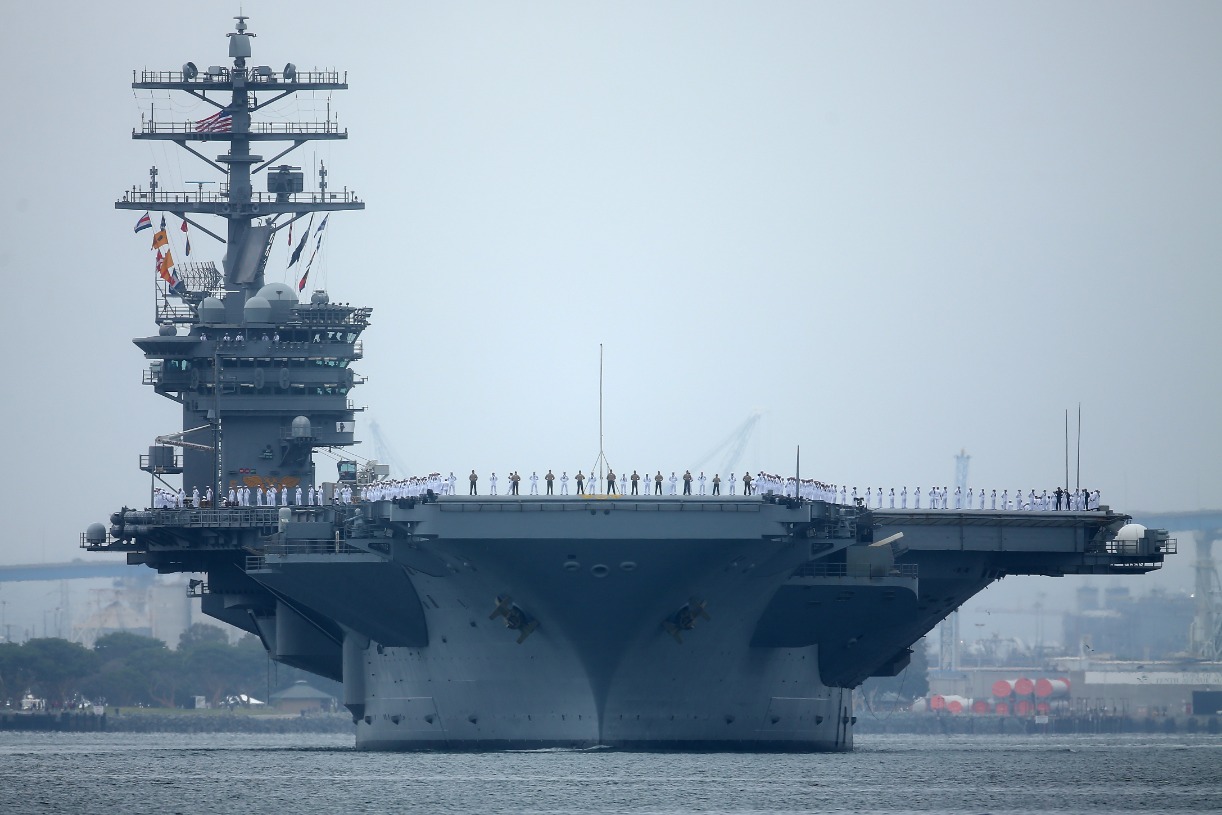
About the Author: Harrison Kass, Defense Expert
Harrison Kass is a defense and national security writer with over 1,000 total pieces on issues involving global affairs. An attorney, pilot, guitarist, and minor pro hockey player, Harrison joined the US Air Force as a Pilot Trainee but was medically discharged. Harrison holds a BA from Lake Forest College, a JD from the University of Oregon, and an MA from New York University. Harrison listens to Dokken.
All images are Creative Commons,


